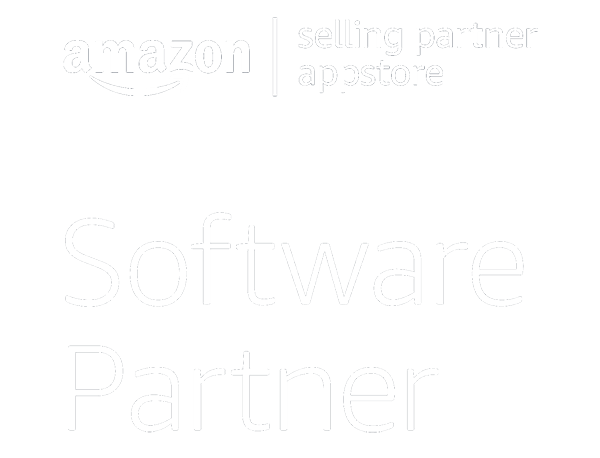As any small business owner can tell you: the signature on the contract doesn’t mean the money is in your bank account. There is some strategy involved in invoicing your customers, setting expectations, and making it easy for them to pay. Oh, and there’s also the actual delivery of products and services. Sometimes, the project can take months (or longer) to complete, and most small businesses can’t afford to wait until then to get paid. One way to promote healthy cash flow for both parties is progress invoicing.
In this blog post, we’ll cover situations where progress invoicing can make sense and how to structure progress invoices.
What is progress invoicing?
Typically, small businesses send invoices to their customers after a project is completed. In many cases, that’s fine. But in some scenarios, it can be problematic for a small business. First, it can take a long time to complete a project, and you may not have the cash budgeted until you’re paid for work that’s finished. Second, for lengthy projects, “upon completion” invoices require much more trust than short projects. You’re exposing your business to far more risk if you try to collect everything at once after a long delivery process.
On the other hand, you’ll have a hard time convincing customers to pay in advance of the work. In that case, you’re placing all of the cash flow and risk burdens on them. Most customers won’t be willing to agree to those terms.
With progress invoicing, you can invoice your customers as work is completed. This means that you can send invoices more frequently, and you don’t have to wait until a project is finished. This can be a great way to improve your cash flow while also protecting the customer’s interests. In addition, progress invoicing can help you track deliverables of your projects more easily.
When would you use progress invoicing?
Progress invoicing can be a great option for specialized small businesses that deliver long-term projects and services. In many cases, the money for early deliverables can be used to pay for deliverables later in the project. It can also be an effective way for self-employed contractors or freelancers to invoice. If a designer or web developer helps a company rebrand or rebuild a website, it can take time. Progress invoicing helps the freelancer maintain an income stream over the course of the project.
Cash flow is the name of the game for progress invoicing. It’s a little more work to stay up to date on invoices and collections, but the goal is always to get the cash into your account as quickly as possible. This way, if your business experiences a slow period, you aren’t waiting months to get paid from an ongoing project.
Finally, progress invoicing can help you track the status of your projects. It provides a record of all the deliverables for both you and the customer. It’s an extra layer of accountability for your team, and a paper trail in case there’s any confusion throughout the project.
How to get started with progress invoicing
If you’re interested in using progress invoicing for your small business, start with these four steps:
Choose your frequency
The first thing you need to do is to decide how often you want to send invoices. This will depend on the nature of your business and the projects you are working on. If you’re working on a fixed-cost project with a specific timeframe for completion, monthly progress invoices could make sense. If it’s a major project with multiple variables, you might break it into milestones and charge at specific points of progress.
It really depends on the nature of your work and what customers expect from their other potential partners. In any case, be sure the terms are clear and agreed upon before you begin working.
Create a contract
Here’s where the agreement becomes official. Lay out the deliverables line-by-line and include the payment terms in the contract. Be explicit. If you’re charging at the completion of milestones, the contract should say so. If you’re charging per month, include the payment terms of the invoices they can expect to receive.
Without that signed contract with very specific expectations, you open the door for confusion and frustration when a customer receives an invoice they did not expect.
Set up your invoicing system
Hopefully you already have templates for invoices, or even a system to generate and send invoices for you. If not, start here.
However you invoice, make sure you’ve designed your system in a way to support progress invoices throughout the lifecycle of a project. You should also try to offer flexibility when it comes to payment methods. The last thing you need in the middle of a major project is for the customer to have difficulty paying the bill.
Establish a collections process
As is the case with all of your invoices, you should have a procedure for what to do if invoices are not paid on time. Invoicing in the middle of a project does add another layer of consideration. If the work is finished and the final invoice is delivered, you don’t have any risk of disrupting an ongoing project. But in the case of progress invoicing, your collections policy could potentially impact an ongoing project.
Set up templated reminders for upcoming due dates, plus 30 and 60 day overdue notices. Be explicit about the consequences of failing to bring overdue invoices up to date. The last thing your business can afford is more unpaid services—it defeats the entire purpose of progress invoicing!
If you want to improve your cash flow over the course of lengthy projects, progress invoicing can be a great option. It will also improve your oversight of simultaneous projects. Just be sure you have a great way to keep track of outstanding invoices and money coming into your small business.



